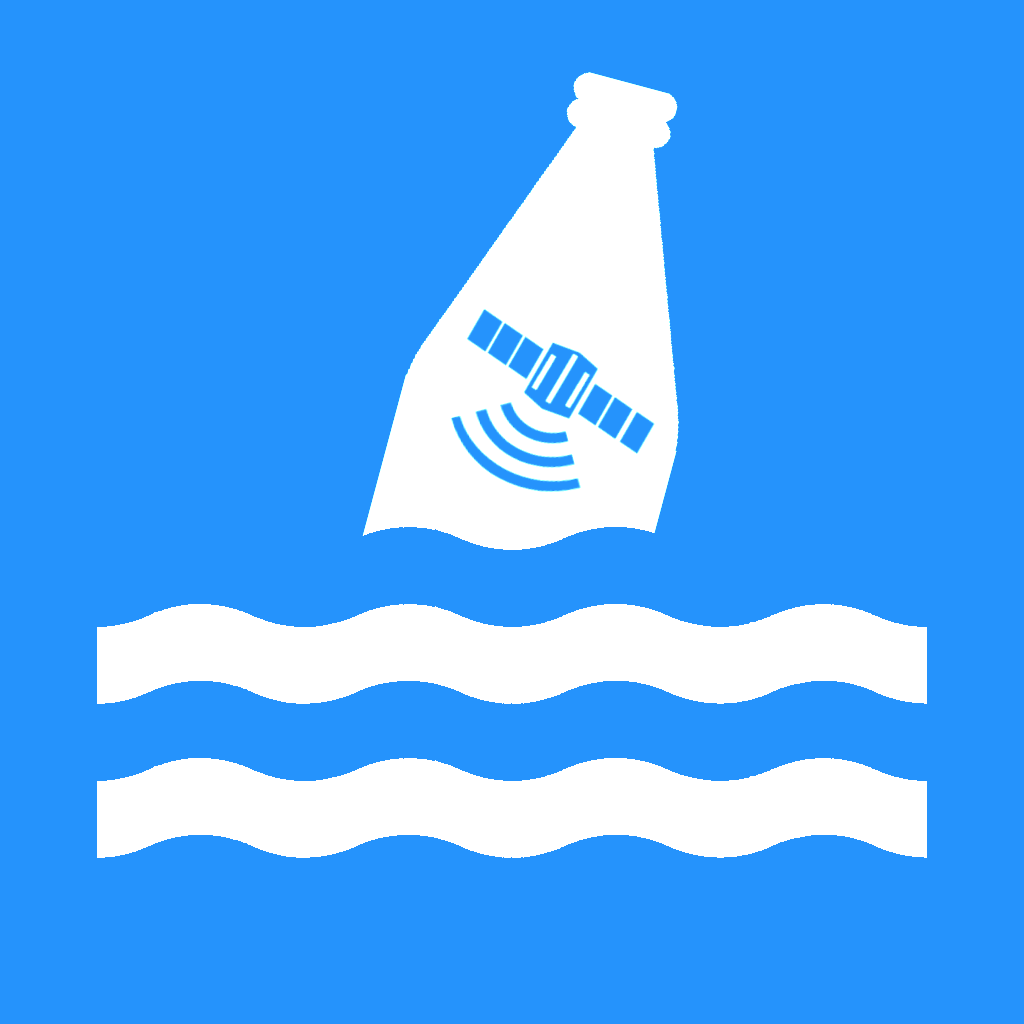FAQ
What is Messages in Bottles?
Messages in Bottles (MiBs) is an online platform containing interactive visualizations and information on coastal plastic waste using remote sensing data from Sentinel-2. Inspired by the work of Dr. Biermann, Dr. Clewley, Dr. Martinez-Vicente, and Dr. Topouzelis entitled “Finding Plastic Patches in Coastal Waters using Optical Satellite Data”, this project bridges the gap between their research and the general public in the interest of providing a full picture on the severity of this problem to everyone. The overarching goal of Messages in Bottles (WIP) is to provide a hub for researchers in the field of marine environmental science to display their work in a visual and easily digestible format for the public to learn from.This project was developed as an entry to the NASA Space Apps 2020 Challenge by a group of six young researchers based in Metro Manila and Japan.
What was the research paper that heavily inspired this project?
The paper entitled “Finding Plastic Patches in Coastal Waters using Optical Satellite Data” was written by Dr. Lauren Biermann, Dr. Daniel Clewley, Dr. Victor Martinez-Vicente, and Dr. Konstantinos Topouzelis. It was published on Nature, and you can read about it here.In their paper, they developed a novel Floating Debris Index to identify suspected floating plastic waste in coastal waters. They then trained a Naive Bayes classifier to determine plastic waste from suspected clusters (since they can be mixed in with naturally occurring materials like seaweed) with an accuracy of 86%. They applied their methods to various regions of interest, some of which are visualized on this platform. They showed for the first time that floating patches of macroplastics are detectable in optical data from the European Space Agency (ESA) Sentinel-2 satellites.
